Spring Cleaning Method: Kid Spaces
As an Amazon Associate and member of other affiliate programs, I earn from qualifying purchases.
Raising kids represents a stage of life where you accumulate more things than any other phase. Gaining awareness of that fact is half the battle in the war against kid clutter. When it comes to Spring Cleaning your kids’ stuff, the good and the bad stand in stark contrast. The good: kids grow so fast that purging, whether it’s clothes, books for toys is fairly straightforward. They move through easily identifiable stages, leaving things by the side of the developmental road for you to edit in favor of what’s next. The bad: they leave things everywhere and so the crucial step of gathering can be a huge pain in the ass. Kids inhabit multiple spaces in the home: their own rooms, the play room, the family room, the kitchen, the mudroom, the list goes on. This dynamic can make the idea of Spring Cleaning your kids’ stuff fall to the bottom of your priority list pretty fast.
But fear not, weary parents! We are going to break this seemingly overwhelming project down into 4 bite-sized projects. Take them on one at a time instead of all together. Or prioritize the list and only tackle the most important categories in your home. Let’s get started…
clothing
When purging your kids’ clothes you can quickly identify which of 4 categories each piece falls into; it still fits and has life, it still fits but is worn out, it no longer fits but has life, it no longer fits and is worn out.
First step is to gather all of the clothes (best to do when laundry is caught up) and sort into the 4 categories. That means take everything out of drawers, closets (don’t forget outerwear!) and don’t forget to check cars & sports bags for stray sweatshirts. The gathering will take the most time but once that is done the sorting should go quickly.
Once you are done with the piles, what comes next? Action items for each category:
-
Still Fits/Has Life: Back into drawers!
-
Still Fits/Worn Out: Trash
-
No Longer Fits/Has Life: Save for younger sibling OR donate
-
No Longer Fits/Worn Out: Trash
Once you’ve trashed the Worn Out stuff and donated the No Longer Fits stuff you may want to assess what’s left in the drawers and make a note of what your kid now needs (he has no pants left!) or what they have enough of (still has 20 tees after the edit so I don’t need to buy any more tees.)
As a side note I liked to perform this Spring Cleaning ritual in March every year with my kids and paired it with the ritual Spring Shoe Shopping trip which preceded our Spring Break in April. In with the new shoes, out with the old – which they reliably outgrew each year. The shoe shopping trip was the signal that it was also time for the clothing purge and that kept me on track even during a crazy busy Spring schedule.
TOYS
Toys are different than clothes; some toys stay in rotation for years (Legos) and others are a flash in the pan (are Polly Pockets still a thing?) Toys require a more discerning eye and editing doesn’t go quite as quickly as clothing, though the gathering is less painful.
Pull toys together in one space and create 3 categories: toys they play with frequently, toys you aren’t sure about and toys they are done with.
Toys they are done with get donated.
Toys you aren’t sure about get moved into a temporary ‘holding space’ to see if they will be missed (give it 6 months tops)
Whatever is left gets categorized (sets, kits, stuffies, dolls, etc.) and put away
If your kids are small I recommend doing this exercise without them present. When given the choice kids will usually opt to keep everything, even if they aren’t really interested. If they miss something you have put in the holding space you can retrieve it.
If your kids are older (and starting to age out of toys in general) I recommend involving them in the process. This helps them develop editing chops (a great life skill!) and can be a fun way to spend some time together, especially if you pair it with some kind of reward when it’s over.
BOOKS
Books, like clothing are harder to gather (if used frequently they tend to travel) but easier to sort into categories. Three steps to sorting:
-
First sort by target age. If you have multiple kids you probably have board books, picture books, early reader books, chapter books and young adult books.
-
Donate books from the target range your kids have aged out of (yes, you can keep a very few of your favorites!)
-
Now go through the remaining categories and strip out the books your kids don’t care for; the ones they never go for. This is an important step if you have a lot of books that are hard to keep track of.
I like keeping books in kids’ bedrooms because I like to encourage quiet reading time but you can keep them wherever they will get the most attention from your children.
ARTS & Crafts
I saved my least-favorite category for last on purpose. Arts & crafts supplies are the hardest to corral (they end up in literally every room in the house!) in addition to having lots of small pieces that are a pain in the ass to sort. Art supplies may be the biggest pain but the category is the most important to address when Spring Cleaning because it can get out of control so easily.
The approach I recommend here is different than the other categories we’ve reviewed. Once you’ve gathered all of the pens, crayons, glitter tubes, stickers, pencils, glue sticks, paint brushes and Play-Dough from throughout your home sort them into piles on a big table. Then from each pile pull out one (working) set. From this point it’s pretty easy, just ditch the rest. Right into the trash bin. You don’t need to keep 4 random sets of Crayola markers and a million broken crayons. Glue sticks dry out at the slightest provocation and half-used sheets of stickers won’t garner enough attention to ever be used again. You might need a pretty big trash bag but I promise it’s going to feel so good once you’ve dumped that sucker in your big bin!
Take your edited set up art supplies and contain them neatly, preferably somewhere close to where your kids like to be creative. A rolling caddy can be really helpful with this category and help to keep the art stuff together and not spread out across the vast territory of your home.
Spring cleaning and organizing your kids’ stuff can be such an intimidating idea that some people go years without attempting it. Breaking it down into smaller projects is an effective way to stay current with their development stages while also taming the clutter that comes with the little rug rats. Happy Spring Cleaning everyone!

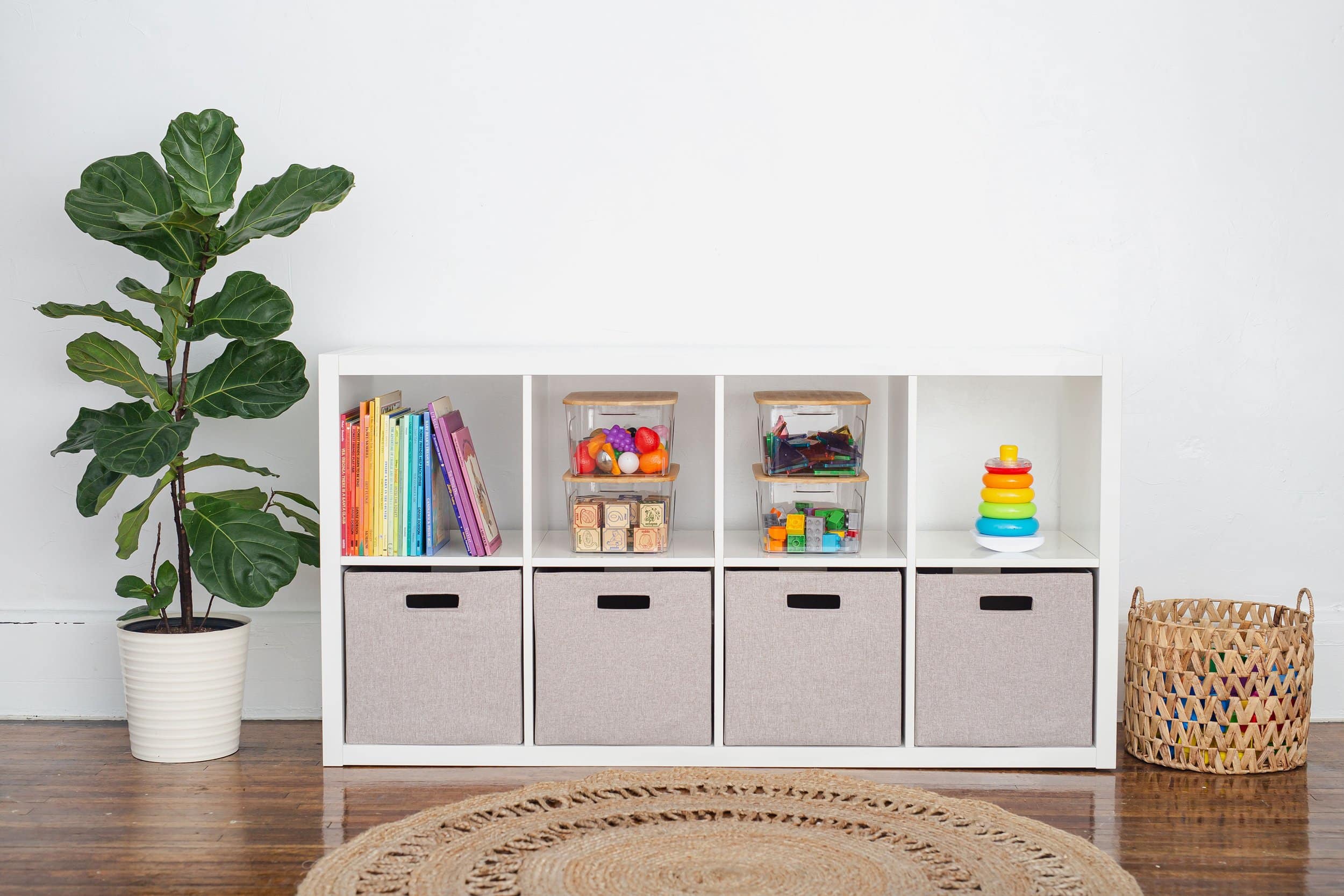
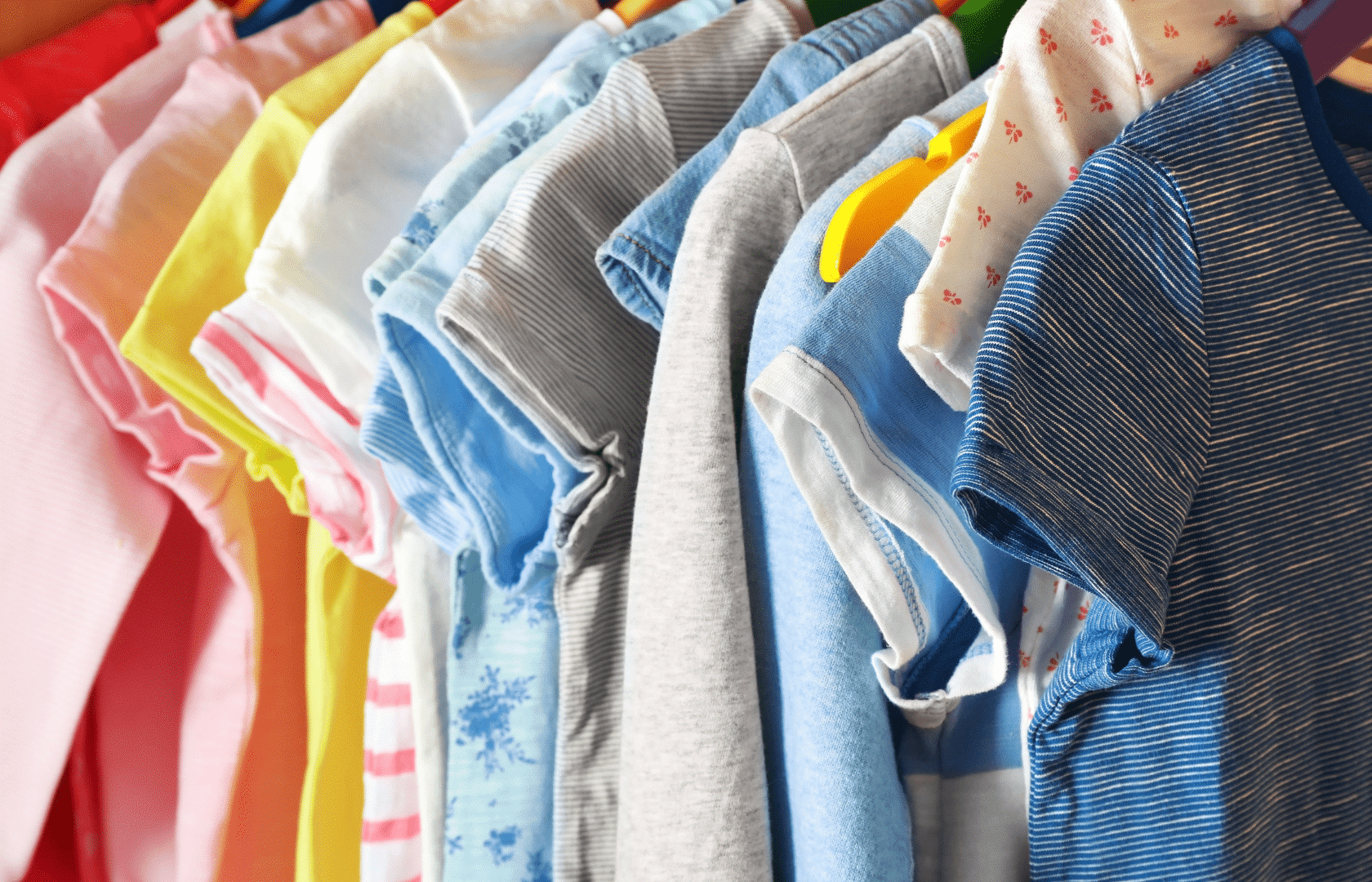
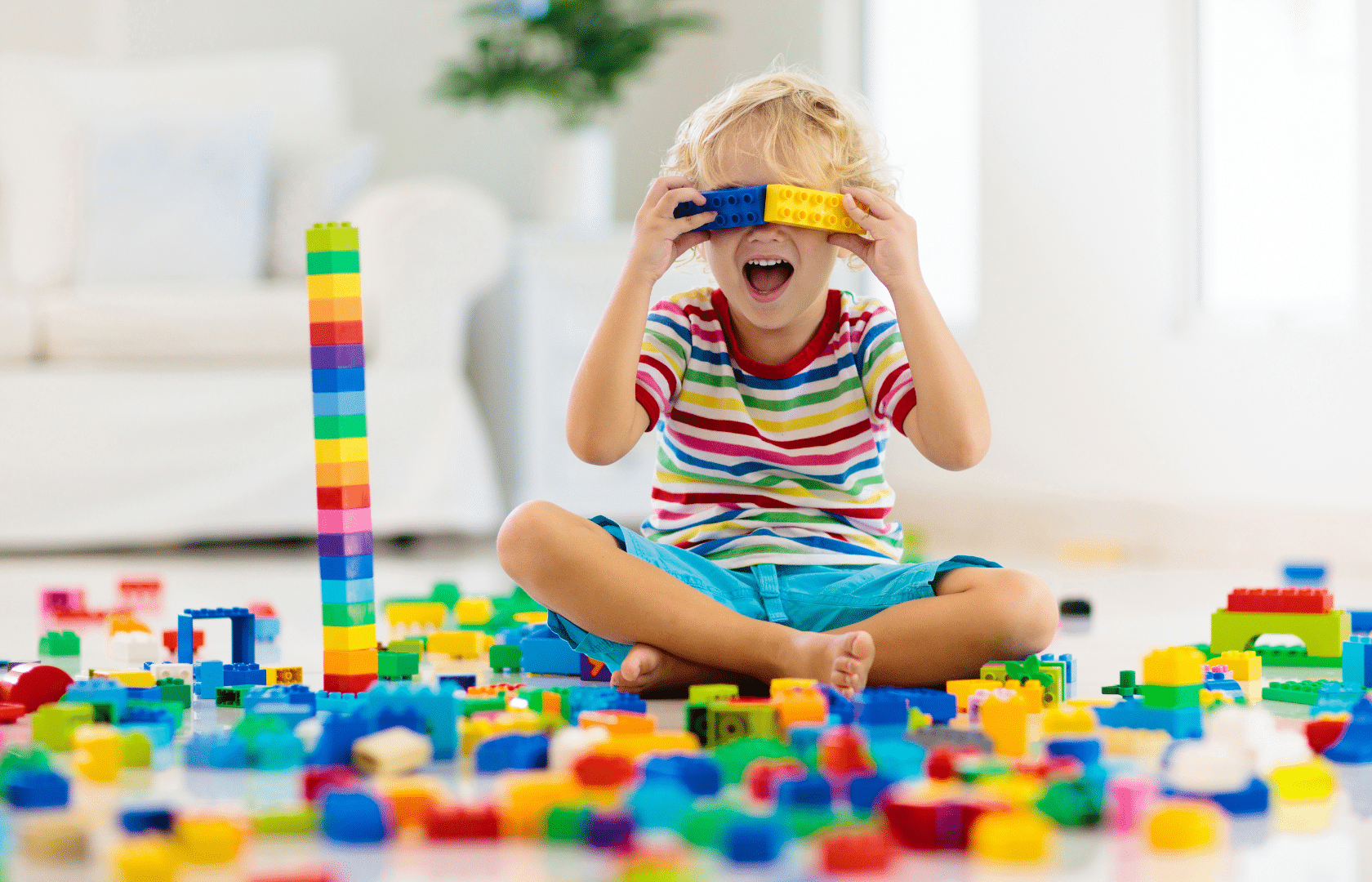
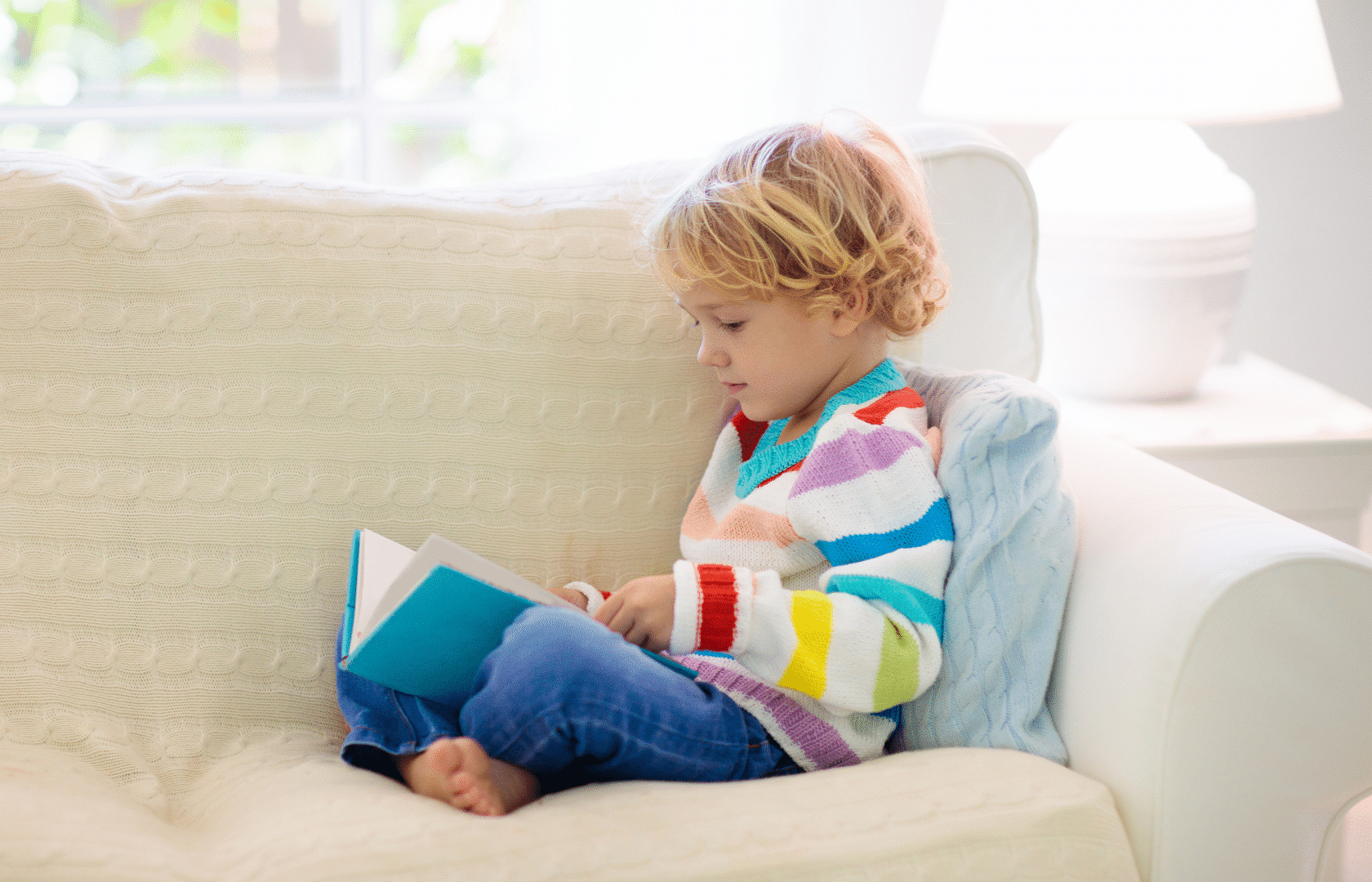
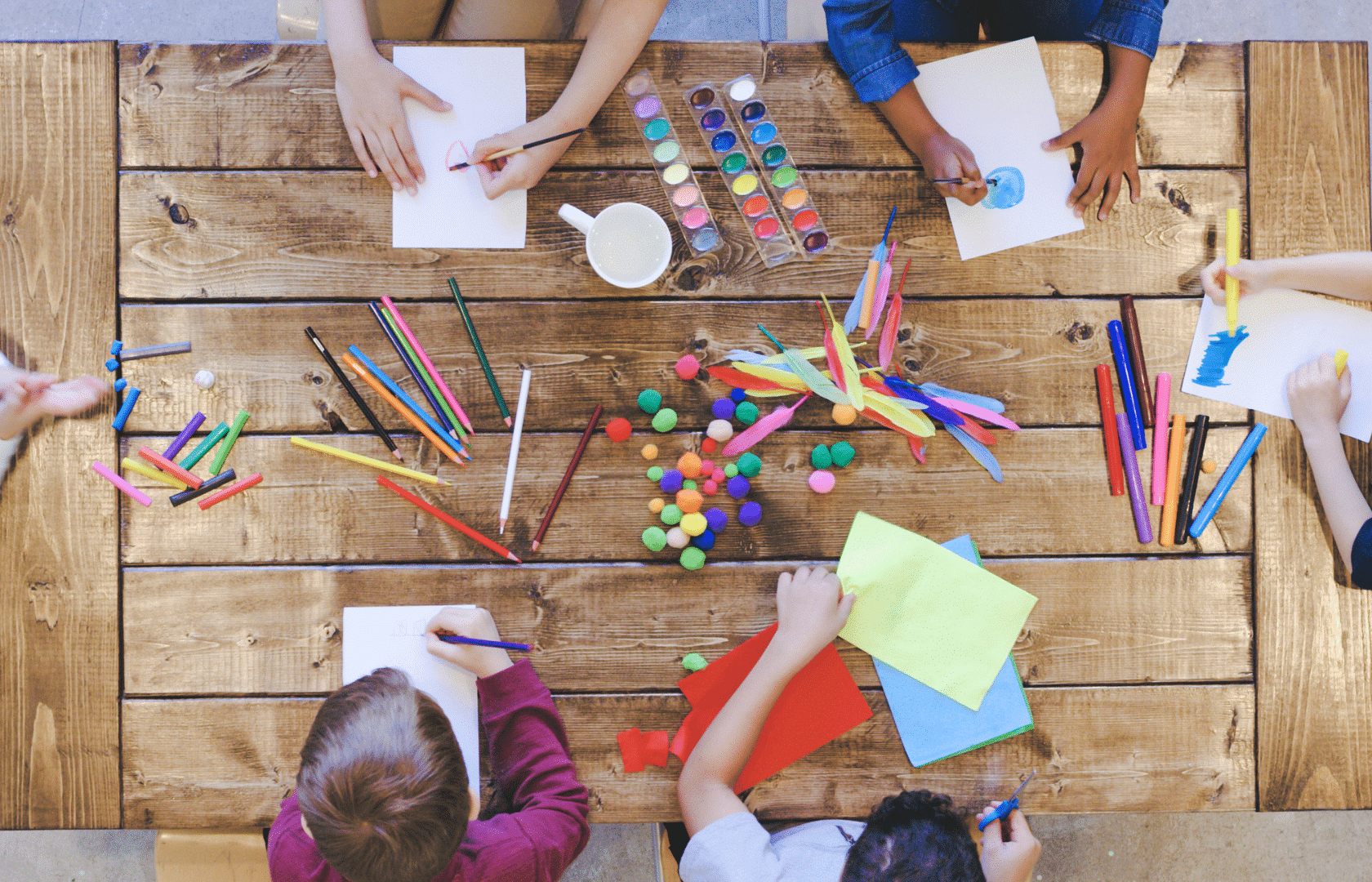

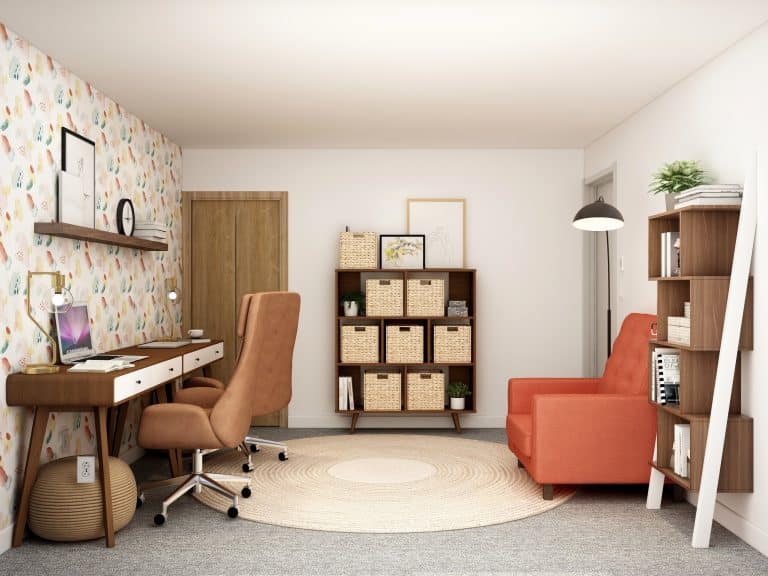
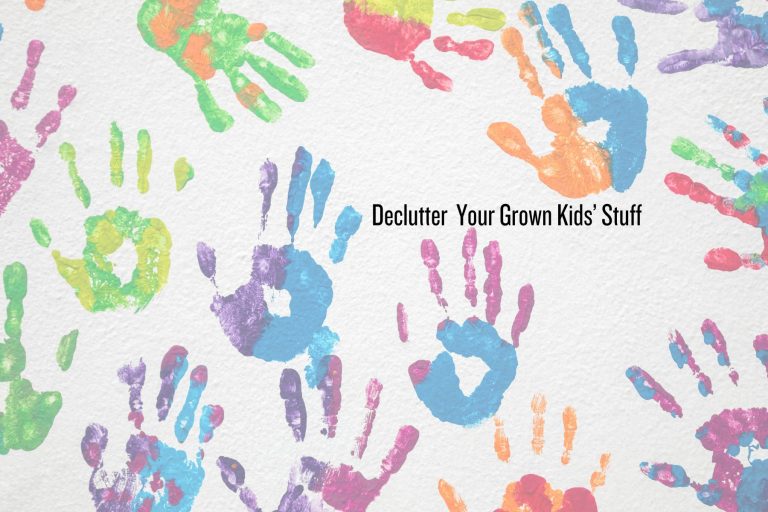
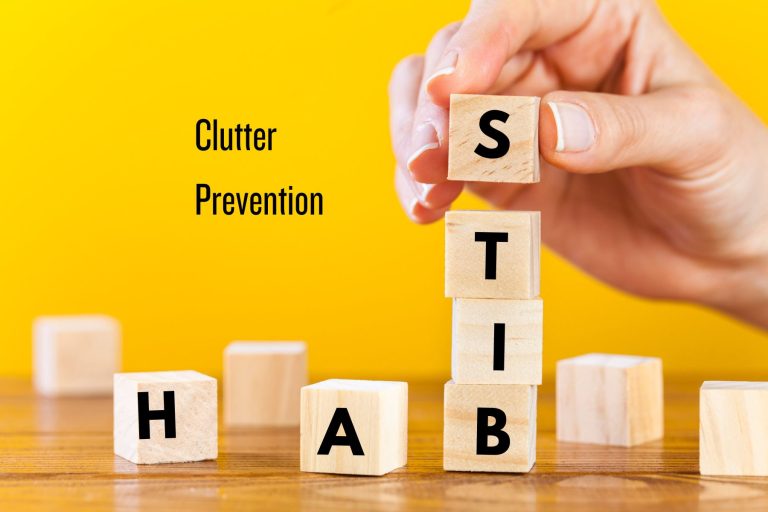


Method Seattle Comment Policy
We welcome relevant and respectful comments. Off-topic comments may be removed.